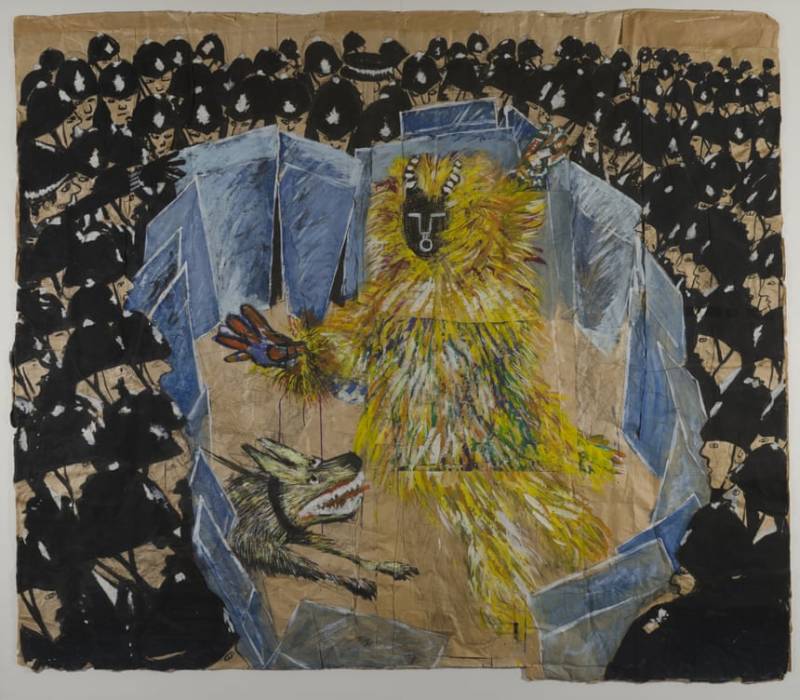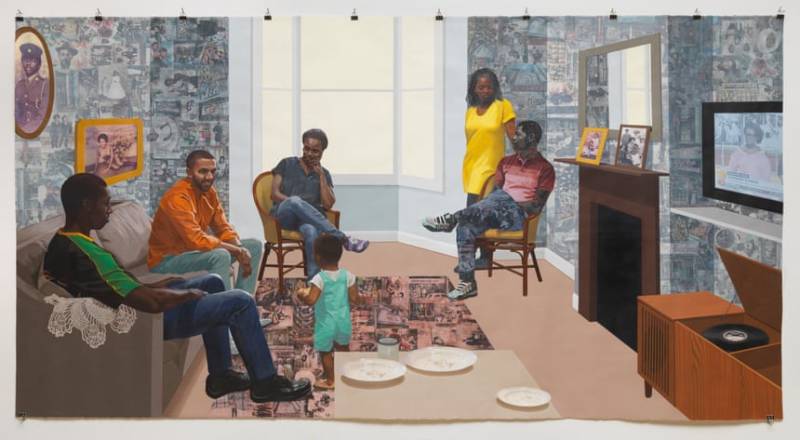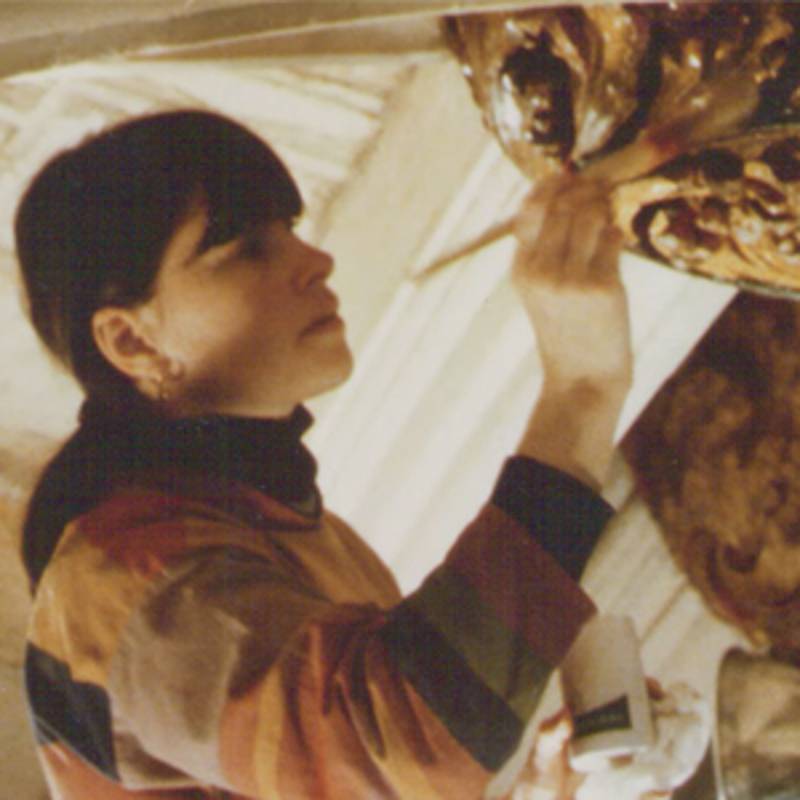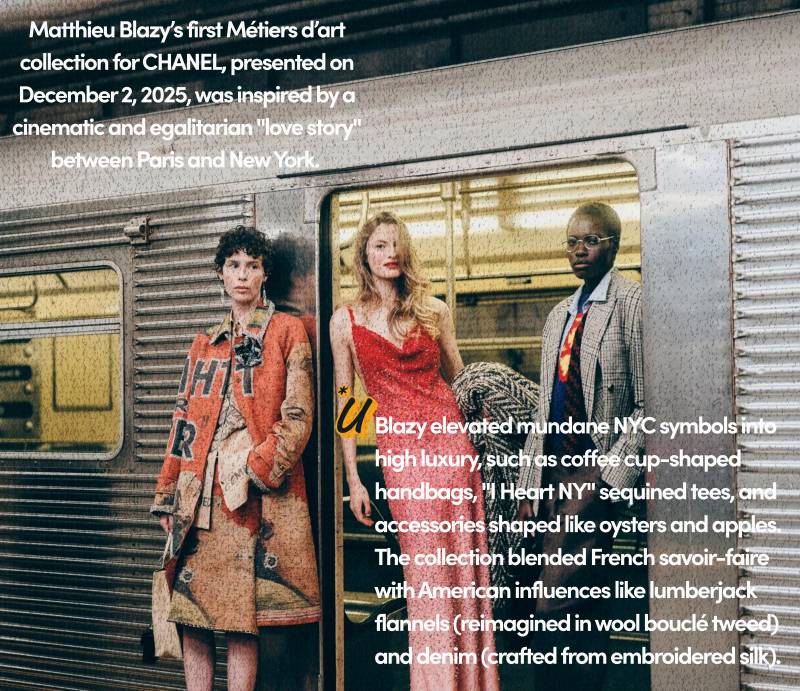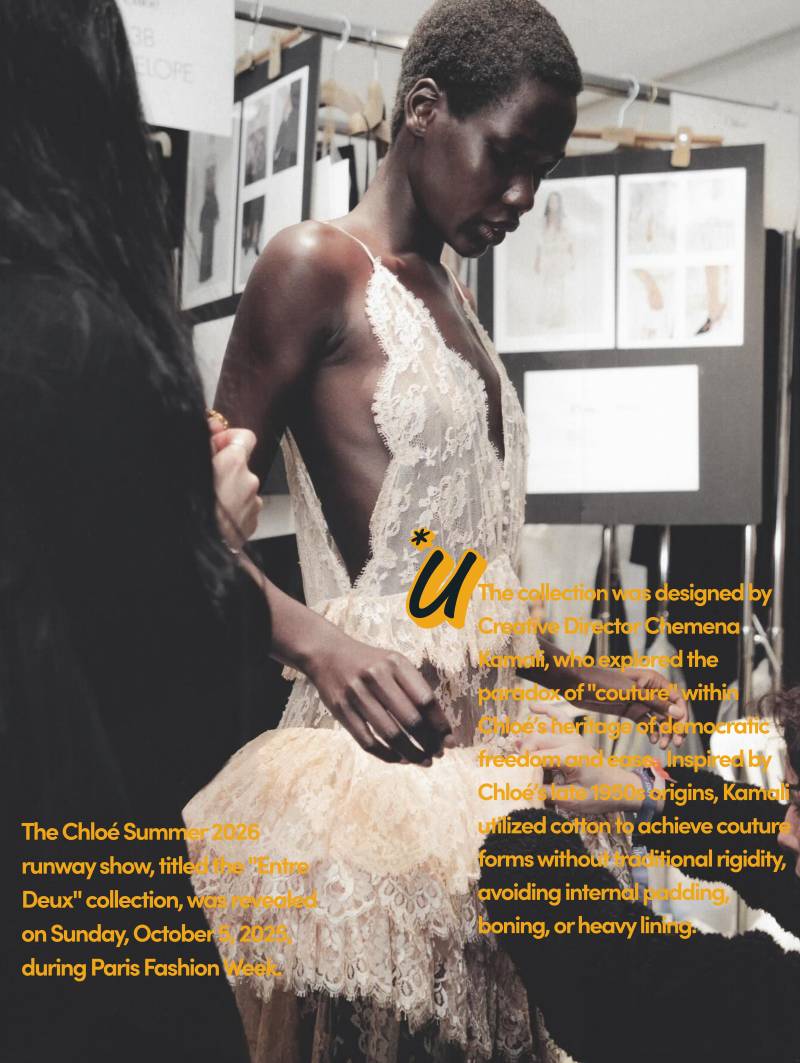Exhilarating, mighty, radical, tender, as disturbing as it is beautiful, Life Between Islands is a revelation from first to last. It follows 70 years of tumultuous history through art. Agonising departures and brutal arrivals, kindness, cruelty and community, uprising, oppression and unceasing injustice: all are carried in powerful films and photographs, spectacular sculptures and paintings, portraits sketched on police stop-and-search reports, even a walk-in front room where Joyce, the imaginary inhabitant, recreates her old home down to the crocheted doilies and velour map of Saint Vincent.
Playing on the vintage telly is Horace Ové’s 1976 classic Pressure, the first feature film by a black British director, following the teenager Tony, born in Britain to parents from Trinidad, through the cycle of educational deprivation, poverty, racism and eventual unemployment that grinds on today. The Notting Hill setting appears throughout the show – 60s photos of black-white couples snogging outside the Piss House pub, and carnival in full flourish, until its violent suppression by police in the 80s – depicted in Tam Joseph’s stark painting of black helmets and riot shields closing in on a single costumed man, hunted to oblivion.
Zak Ové, son of Horace, is showing two unforgettable figures – a female devil with cowrie eyes and legs of beach flotsam, and a great shaggy head of ropes, mops and wigs. Both reprise Caribbean legends as contemporary shamans, outlandishly menacing. The Brixton front room in Njideka Akunyili Crosby’s 2018 painting Remain, Thriving is wallpapered with photos of the Windrush generation, whose present-day descendants sit near a TV showing breaking news of the Windrush scandal. Time runs backwards and forwards in this show.
And so do the influences and connections. Hew Locke is showing the shaggy heads of 19th-century British monarchs: whiter-than-white porcelain busts draped in gold and jewelled headdresses. Look closer and you will see tiny Benin heads and Caribbean carnival masks, east African coins and the medals of empire; the ghosts of slavery and colonialism hanging over their royal heads.
Staggering photographs run through this show like live news
One of Steve McQueen’s earliest works loops on another telly. A one-minute fragment of Super 8 dating back to 1992, it shows two elderly West Indian men carrying potted palms from Brick Lane on the 243 bus home towards Tottenham. Exodus is its apt title. (A startling shot of Bob Marley in Leeds appears earlier on.) And pinned high on a wall nearby is a gilded palm frond, by the artist Blue Curry, shining like a radiant sunburst, emblem of Caribbean holidays. In fact its shine comes from spools of cassette tape laboriously and painfully stitched into each leaf for sale to tourists.
Hew’s father, Donald Locke (1930-2010), journeyed from Guyana to art colleges in Bath and Edinburgh in the 50s and 60s. His work is superb. Growing up at a time when the plantation system still existed, he later made an indelible image of his local countryside titled Dageraad from the Air. At a distance it might be an abstract canvas, entirely dark – even a pastiche of Ad Reinhardt’s all-black paintings – until you approach. Squares of blackened canvas, partitioned by sharp metal tacks and a cage-like grille, condense both the tortured history and the topography of the land below.
The show opens with magnificent paintings by Locke’s Caribbean compatriots. Aubrey Williams’s canvases are laments for broken lives and lost homelands, the paint itself seeming charred or skeletal. Frank Bowling’s famous 1968 work Who’s Afraid of Barney Newman sends up US abstract expressionism with its glowing verticals of green, yellow and red, in which the outlines of African and Caribbean countries seem to drift like sea wrack. Paul Dash paints himself like a Flemish master in a paper hat. Claudette Johnson, noting the absence of such images in art history, portrays herself as a deeply pensive reclining figure.
It is a measure of the immense strength of Caribbean British painting that it is in no way diminished by the staggering photographs that run through this show like live news. Michael X arriving at Paddington station; Stokely Carmichael addressing the Dialectics of Liberation congress at the Round House in Camden in 1968; a quartet of girls on their way to lessons wearing Black Panther school bags.
Vanley Burke’s uplifting photograph of young black men balancing on a seesaw in Handsworth Park, Birmingham, so that they appear to be levitating is as classic as any shot by the titan of American documentary photographers, Gordon Parks. And nobody seeing Vron Ware’s photographs of the Black People’s Day of Action, 2 March 1981, taken for the anti-fascist magazine Searchlight, is ever likely to forget the grave faces of the crowd.
A march enacted with all the solemnity of a funeral procession, this was a protest against the atrocious inaction of the police, failing to inquire into the arson attack on a house in London’s New Cross in which 13 black teenagers burned to death. The placards spell it out with epigrammatic eloquence: “Thirteen dead, nothing said” and “Thatcher’s Silence Incites Violence”. One open verdict succeeded another. Nobody has ever been charged.
Handsworth, New Cross, Broadwater, Brixton: names synonymous with 80s riots and racism become, too, part of the great Caribbean soundtrack of ska, dub and reggae that moves through the art in this show. In Isaac Julien’s three-screen Paradise Omeros, the original Jamaican recording of The Tide Is High yields to Derek Walcott reading from his tragic Saint Lucia epic, Omeros, as the film washes back and forth between the shores of that golden island, where Julien’s parents were born, and the dismal, grey England “where we start living”, in Walcott’s words, “as if to… pay for our sins”. This is the great and poignant narrative, as well as the underlying choreography, of this show.
What it has meant to be here – or to return home, say, in Chris Ofili’s paintings – is the enthralling theme of Life Between Islands. Some works are humorous, even satirical, others unforgettably trenchant or poignant, as in Ingrid Pollard’s photographs of beaches (mainly here, but also there) where the tide measures the oceanic distance between this life and home.
Most elegiac of all is Martina Attille’s 1988 film Dreaming Rivers, in which a Caribbean woman lost in exile, and alone in a British bedsit, dreams of her long-gone husband and departed children, their faces close, yet unreal as a movie, as she gradually leaves this world.
This film runs to half an hour, screened in a small side gallery. It needs to be watched right through. So it is with everything here. For this show is crucial, mind-altering, a portrait of human life through art that cannot be encapsulated in any other medium. It is living history, and not just, as the photographer Charlie Phillips declares in a wall text, “black history, but British history”. Go if you possibly can, and give it all the time you’ve got.
SOURCE : Guardian
